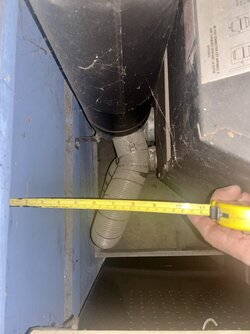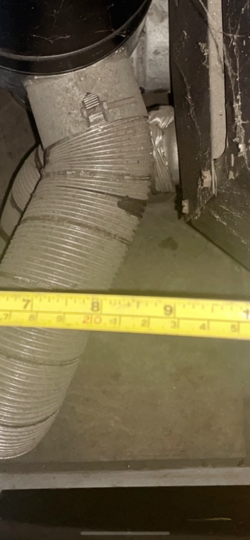Hello everyone,
Looking for some help and insight from those knowledgeable. I'm about to buy a new Harman P43 that will be going in our detached garage/outbuilding. I originally was just going to have it installed, but the dealer I'm buying from doesn't do installs any longer, and it's been hard to find a reputable company to do it. After researching futher, this task is not above me by any means as I'm fairly handy, just didn't want to deal with it originally.
I like the appeal of the Selkirk DT with the intake built into the complete venting system. This will be an up and out installation. I see Selkirk has up and out termination kits. What is the difference between VP and UPP termination kits? Is there any reason to choose one over the other? The installation diagram looks almost identical, both utilizing an appliance connection to the Tee, the pellet stove adaptor with a connection to the fresh air intake, and then just DT venting until termination.
This will be up against the wall, so I'd like it to be as close as possible while within clearance limits, I just don't want my stove sticking out too far, so not sure whether that makes a difference or not. I've tried to research as much as possible between Selkirk and Harman literature to make sure I understand everything correctly. This forum has been a big help as well.
Appreciate any help.
Looking for some help and insight from those knowledgeable. I'm about to buy a new Harman P43 that will be going in our detached garage/outbuilding. I originally was just going to have it installed, but the dealer I'm buying from doesn't do installs any longer, and it's been hard to find a reputable company to do it. After researching futher, this task is not above me by any means as I'm fairly handy, just didn't want to deal with it originally.
I like the appeal of the Selkirk DT with the intake built into the complete venting system. This will be an up and out installation. I see Selkirk has up and out termination kits. What is the difference between VP and UPP termination kits? Is there any reason to choose one over the other? The installation diagram looks almost identical, both utilizing an appliance connection to the Tee, the pellet stove adaptor with a connection to the fresh air intake, and then just DT venting until termination.
This will be up against the wall, so I'd like it to be as close as possible while within clearance limits, I just don't want my stove sticking out too far, so not sure whether that makes a difference or not. I've tried to research as much as possible between Selkirk and Harman literature to make sure I understand everything correctly. This forum has been a big help as well.
Appreciate any help.





